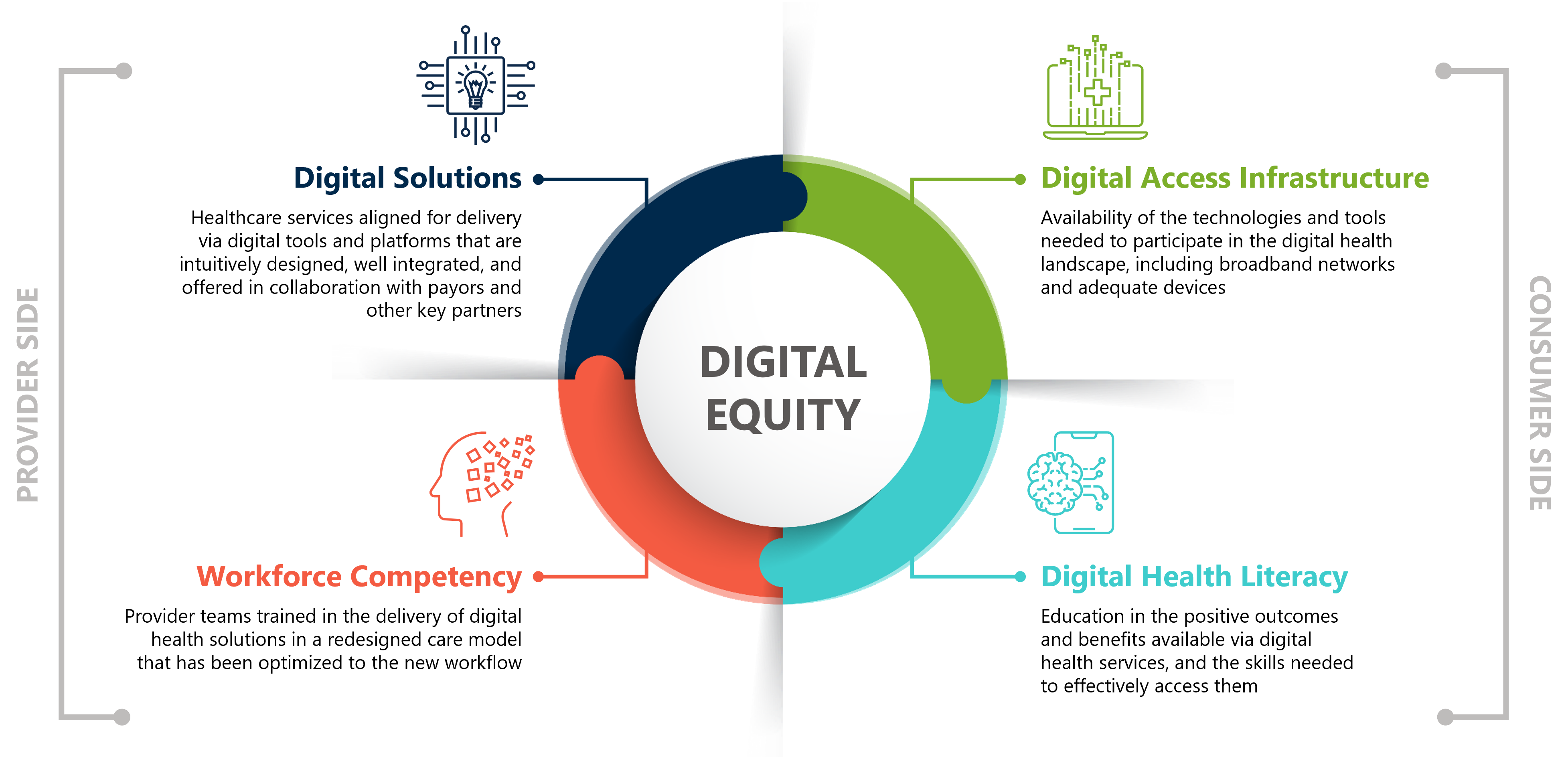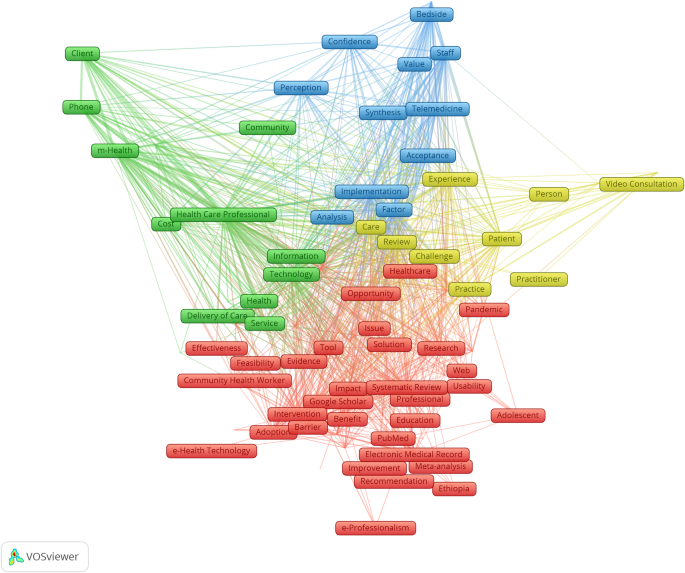Subtitle: Revolutionizing Healthcare through Innovation and Access
Introduction
The integration of digital technologies in healthcare systems has revolutionized the way we deliver and access care. While these advancements are often associated with advanced health systems in developed countries, they also hold immense potential for improving healthcare in lower-resourced regions. By harnessing innovative digital health tools and technologies, we can not only enhance populations’ wellbeing but also address the challenges faced by under-resourced health systems. In this article, we will explore the opportunities presented by digital technologies in developing health systems and how they can level the playing field, empower patients, and make modern medicine accessible to all.
Leveraging Digital Technologies for Equitable Care
In low- and middle-income countries, the absence of outdated infrastructure can create unique opportunities to integrate digital tools more easily into healthcare systems. Governments worldwide are recognizing this potential and embracing data-driven strategies to improve their healthcare systems. Secure data sharing and access, along with policies supporting cloud computing, can fuel innovative healthcare projects. For instance, the Turkish Brain Project utilizes AI models to read MRI scans, enabling faster and more accurate diagnoses of strokes, tumors, and other conditions. Similarly, the Turkish Digital Eye Project employs AI to assist radiologists in interpreting mammograms, enhancing the efficiency of screening programs. These initiatives demonstrate how digital technologies can bridge the gap in regions with limited healthcare resources.

Digital tools no longer require extensive physical infrastructure thanks to advancements in cloud computing and mobile technology. Hospitals and health centers can now acquire scalable storage from providers who maintain and update the digital infrastructure. Cloud service providers also offer cybersecurity, advanced analytics, and AI tools on their platforms, democratizing access to technologies that were previously limited to Silicon Valley. This shift enables even under-resourced regions to leverage the power of digital technologies in healthcare delivery.
Telemedicine: Bringing Healthcare to Your Fingertips
The COVID-19 pandemic accelerated the adoption of telemedicine worldwide, highlighting its potential for alleviating strain on health systems and improving access to care. Telemedicine allows individuals to communicate with their healthcare providers easily, reducing costs and saving time, especially for those living with chronic conditions. With smartphones and wearable tech becoming increasingly prevalent, people now carry tools that support their daily wellbeing. Start-ups and industry giants are embracing innovative solutions to address pressing health concerns and streamline care delivery.
One such example is the mDoc platform, operating in several countries across Sub-Saharan Africa. mDoc has developed a holistic ecosystem of self-monitoring tools and provides access to a multidisciplinary team of experts. With just a smartphone and an internet connection, individuals can actively engage in managing their chronic conditions, receiving comprehensive and person-centered care. Telemedicine has the potential to bridge geographical barriers and empower patients to take control of their health.
Democratizing Access to Healthcare Technologies

Digital health tools and technologies have democratized access to healthcare innovations. Previously, limited to a few privileged regions, these technologies are now accessible across the globe. The scalability and affordability of digital tools have reduced the reliance on physical infrastructure and expensive equipment. Governments and policymakers must prioritize addressing socioeconomic factors that may hinder access to these technologies. By involving patient representatives and advocates in the design and adoption of digital health solutions, we can ensure that different needs and priorities are considered, ultimately making modern medicine work for all.
Conclusion
The integration of digital technologies in developing health systems has the power to transform healthcare delivery and improve access to care for populations worldwide. By leveraging innovative digital tools and technologies, we can level the playing field and make healthcare more equitable. Telemedicine enables individuals to connect with healthcare providers conveniently, reducing costs and improving patient outcomes, particularly for chronic conditions. The democratization of healthcare technologies ensures that advancements are not limited to a select few but are accessible to all, regardless of geographical location or socioeconomic status. As we embrace digital innovation, it is crucial to prioritize inclusivity and put patients at the center of healthcare discussions. Only through collaboration and a patient-centric approach can we truly unleash the power of digital technologies in developing health systems and create a healthier future for all.
